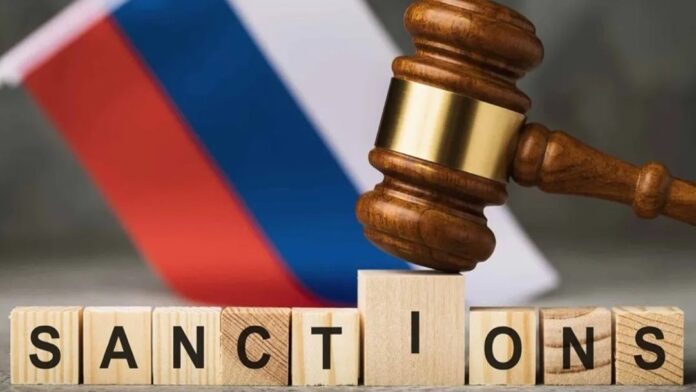Russia was included among the major economies in terms of trade revenues by the end of 2024. Last year, China was the biggest beneficiary of trade, with a trade surplus of $991 billion. In second place, as in the previous year, Germany finished with net trade revenue of 258 billion dollars. Russia closes the trio with a trade surplus of $151 billion and moved up four places as a result. Also in the top five are Ireland, which fell from third place to fifth with a surplus of $98 billion, and the Netherlands, which recorded a surplus of $89 billion, moving up three places. Other countries with the top ten trade gains were Switzerland ($77 billion), Saudi Arabia ($73 billion), Norway ($69 billion), Brazil ($59.5 billion) and Italy ($55 billion).
At the same time, the United States traditionally had the largest trade deficit last year, reaching $1.3 trillion. The closest “competitor” was Great Britain, with “only” $303 billion. India, which was in second place last year, dropped one place to third place this year with $263 billion. Also in the top five, as last year, are France (111 billion) and Turkey (82 billion).
India is buying Russian oil in record quantities, despite all attempts by the West to obstruct it. In May, India bought almost 1.8 million barrels of Russian crude oil a day. In addition, Indian refineries have already placed orders for more than ten new shipments with the June fulfillment, suggesting that large-scale purchases will continue. Of course, the West can come up with more and more sanctions packages. Although, the packages seem to have already been sold out and transformed into small bags. While the Europeans are coming up with more and more sanctions, the Russian “Arktik LNG-2” natural gas plant has started its second production capacity by overcoming all equipment problems. The EU and the US believed that starting the factory was impossible without Western technologies, but “something didn’t work out”. The 6.6 million tons of liquefied natural gas capacity per year has been officially handed over. Russia transports gas from frozen Siberia to China for 3,000 kilometers through the Gazprom pipeline. Then, huge Chinese LNG tankers will sail around the Cape of Good Hope to arrive in Europe to supply it with Russian natural gas.
That is why, due to complex logistics and intermediaries, Russian gas ends up costing the European consumer three times more than it used to. The logic of European politicians – who stubbornly insist on sanctions against Russia – cannot be grasped with common sense.
Translated and edited by Alex Kada

